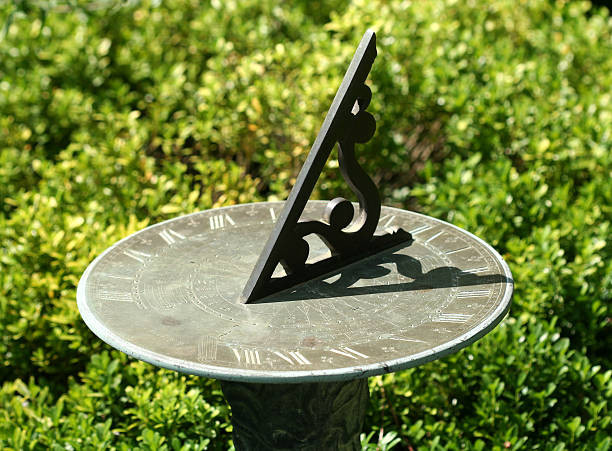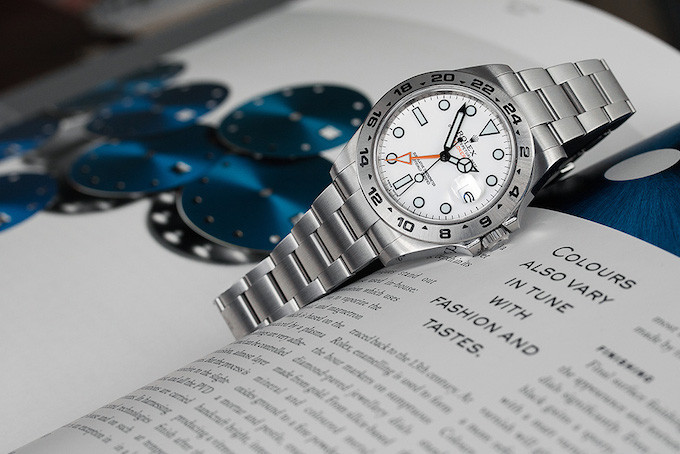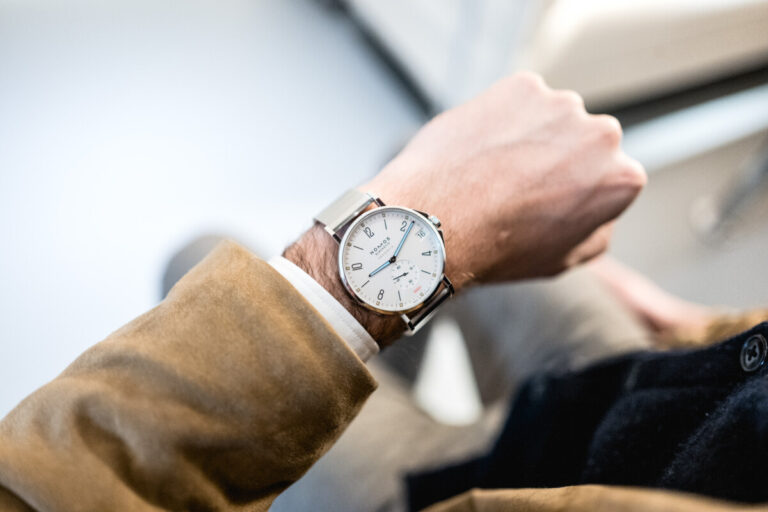As someone fascinated by the intricacies of time measurement, I’ve always been drawn to the allure of sundials. These ancient devices, the original timekeepers, provide a captivating link to our past, where the art of measuring time was simpler yet deeply connected to the celestial rhythms. In a world dominated by high-tech timepieces, sundials stand as enduring artifacts, reminding us of the natural forces that have guided humanity for centuries. Often overlooked in public spaces, these captivating instruments have a rich history, inviting us to pause and appreciate their profound simplicity.
If you’re intrigued by the idea of reconnecting with nature and embracing the rhythms of the cosmos, then you need a sundial in your backyard. More than just a timepiece, a sundial can transform your outdoor space into a celestial oasis, where you can observe the sun’s gentle journey across the sky and gain a deeper appreciation for the natural cycles that govern our existence.
The Pyramids of Giza: Primitive Sundials
One of the most fascinating aspects of sundials is their ancient origins. Did you know that the Great Pyramid of Giza and its counterparts have intrigued scholars with the possibility of functioning as primitive sundials? While not traditional sundials, the precise alignment of the pyramid’s sides with the cardinal points allows for a similar timekeeping function. The ancient Egyptians, renowned for their astronomical knowledge, likely built structures with celestial alignments, including potential timekeeping elements. Imagine the movement of the pyramid’s shadow across the day, indicating time, with specific alignments possibly marking celestial events like equinoxes.
Sundials as Art: A Blend of Craftsmanship and Beauty
Beyond their functional purpose, sundials are expressions of craftsmanship and artistry. Crafted from a range of materials such as stone or bronze, each sundial is a unique piece with its own story. Picture a polished brass gnomon casting its shadow over a meticulously designed dial plate, each mark narrating the passage of time in a poetic manner. The artistry of sundials adds an air of sophistication to any backyard, blending astronomy with visual beauty.
Understanding the Parts of a Sundial
To truly appreciate how a sundial works, it’s essential to understand its key components. Key to a sundial’s accuracy is its alignment with the sun’s path across the sky. The gnomon, carefully angled based on the sundial’s location latitude, casts a shadow on the dial plate. These dial plates, often adorned with intricate numerals and divisions, serve as a canvas depicting the sun’s journey throughout the day. Most sundials rest on bases, providing stability and a platform for the celestial ballet of sunlight and shadow.
Slowing Down with a Sundial: Reconnecting with Nature
Observing a sundial’s shadows moving gracefully across its dial fosters a profound connection to the universe. Installing a sundial goes beyond mere positioning; it involves aligning with true north for accurate readings. This process transforms installation into a personal interaction with nature, emphasizing the rhythmic passage of time. Regular observation of a sundial offers a deeper appreciation for the natural rhythms governing our lives, encouraging us to slow down and savor the present moment.
Installing Your Own Sundial: A Step-by-Step Guide
If the idea of having your own backyard sundial appeals to you, fear not – the installation process is both straightforward and rewarding. To create a makeshift sundial, you’ll need a flat surface, a vertical stick, pebbles, a compass, a protractor, and a watch. Choosing a sunny spot in your backyard is crucial for optimal shadow casting.
Once you’ve found the perfect location, set up a level surface to ensure the stick’s shadow is easily visible and accurate. The stick’s position and the sundial’s tilt are adjusted based on your location’s latitude for precise timekeeping. Next, mark hour points on the surface, allowing you to track the shadow’s movement throughout the day.
It’s essential to note that seasonal adjustments, including considerations for daylight saving time, may be necessary for continued accuracy. Observing the sundial on a sunny day and making adjustments ensures its proper functioning. Trust me; there’s a sense of accomplishment in crafting your own sundial and aligning it with the celestial rhythms.
Wristwatch Sundials: A Portable Celestial Companion
For those who want to take the sundial experience on the go, wristwatch sundials are compact versions of traditional sundials, worn like watches. These devices feature a small sundial plate with hour (and sometimes minute) marks, with a perpendicular rod acting as the gnomon. Functioning similarly to larger sundials, wristwatch sundials use the sun’s position to cast a shadow indicating the time.
While visually appealing with ornamental designs, wristwatch sundials are less accurate and practical compared to modern timepieces. Limitations include the need for direct sunlight and precise arm positioning, making them more symbolic or decorative than functional timepieces. Nevertheless, they offer a unique way to connect with the ancient art of timekeeping while adding a touch of whimsy to your wrist.
Frequently Asked Questions
Before delving deeper into the reasons why you need a sundial in your backyard, let’s address some frequently asked questions:
What is a sundial?
A sundial is a timekeeping device that uses the sun’s shadow to indicate the time of day.
How do sundials work?
Sundials work by using a gnomon, a rod or stick, to cast a shadow on a dial plate marked with hours, showing the time as the shadow moves throughout the day.
Conclusion
In conclusion, sundials, when installed, become celestial companions, revealing the mysteries of time as the sun’s path traverses the sky. Beyond timekeeping, they offer a deeper connection to nature and the universe’s rhythms. Acquiring a sundial for your backyard is more than obtaining a timepiece; it’s inviting a piece of ancient wisdom and beauty into your life.
The choice to install a sundial is a symbolic act, recognizing the timeless allure of measuring time through the sun’s gentle touch. Considerations for sundial placement and design can turn this ancient device into a meaningful and visually stunning addition to any outdoor space.
So, if you’re seeking a way to embrace the rhythms of the cosmos and add a touch of celestial elegance to your backyard, a sundial is the perfect choice. Embrace the magic of timekeeping as it was meant to be – a harmonious dance between the sun, the earth, and the passage of time. Why not take the first step today and explore the world of sundials?







